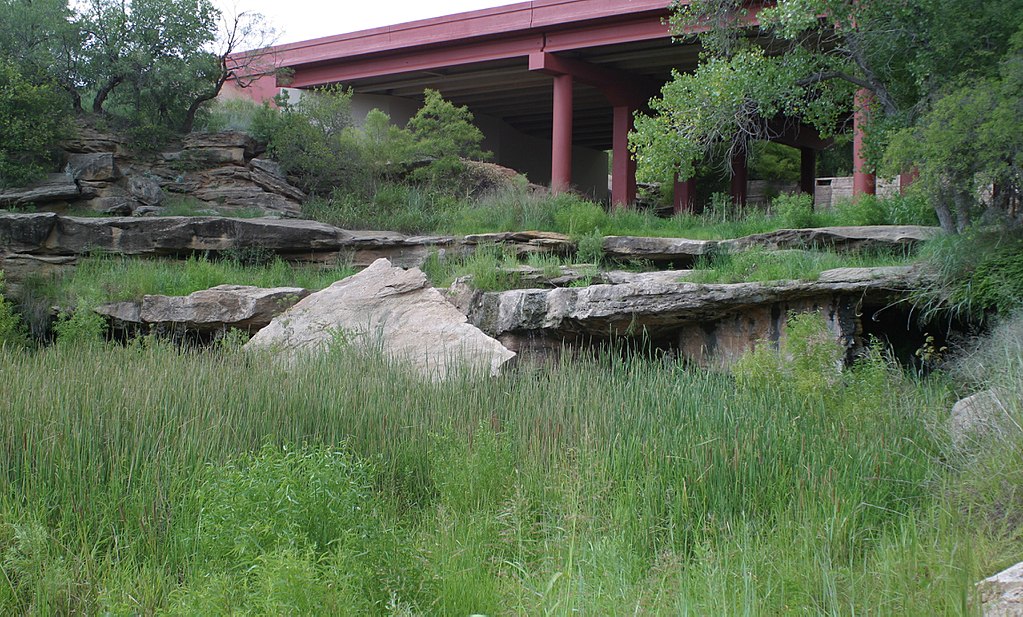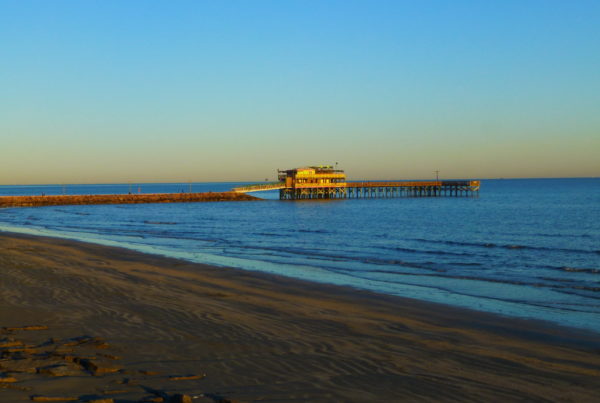The Ogallala Aquifer is a massive store of groundwater that quenches the thirst of people, crops and livestock throughout the Great Plains. The aquifer extends, roughly, from Midland, Texas, through the Texas Panhandle and all the way to South Dakota. In fact, it’s the aquifer that makes the current way of life on the Plains possible. So what happens if it becomes depleted?
Robert Lascano is wind erosion and water conservation research leader for the U.S. Department of Agriculture in Lubbock. He says the geology of the Ogallala Aquifer doesn’t allow new water to enter, meaning that once water is used, it can’t be replenished.
“It’s been in use for the last 50, 75 years,” Lascano says. “It will still be here, but there’s gonna be a lot less water.”
Some farmers who are aware of the ongoing depletion of the aquifer are diversifying their businesses, Lascano says. That includes rotating in crops that require less water, and employing techniques like surface irrigation.
“Surface irrigation is the most efficient form of irrigation that we have,” he says.
Residents of urban areas will feel the depletion of the aquifer as wells run dry. And Lascano says that has already affected the value of land owned by a neighbor of his, whose well did, in fact, run dry.
The problem for residents and farmers is that there’s no way to replenish the water.
“The only way that you can save water is by turning the well off,” Lascano says. “And that’s not going to happen. It’s the economic reality: farmers will continue to use the water, but it has to make economic sense. It’s going to reach a point where pumping that water is going to become so expensive that you’re no longer going to be able to afford irrigation.”
Lascano says that’s already happened in 10% of the area that uses the Ogallala Aquifer. As depletion continues, land use will revert to an earlier time.
“We are actually more or less returning to the way this land was … [when] the pioneers, they came in here 100, 150 years ago,” Lascano says. “When they came in, irrigation did not exist.”
Lascano says this fundamental change in the land above the aquifer will occur over the next 50 years.
Written by Shelly Brisbin.















